Home>Furniture & Design>Outdoor Furniture>How To Care For Jasmine Plants Outdoor
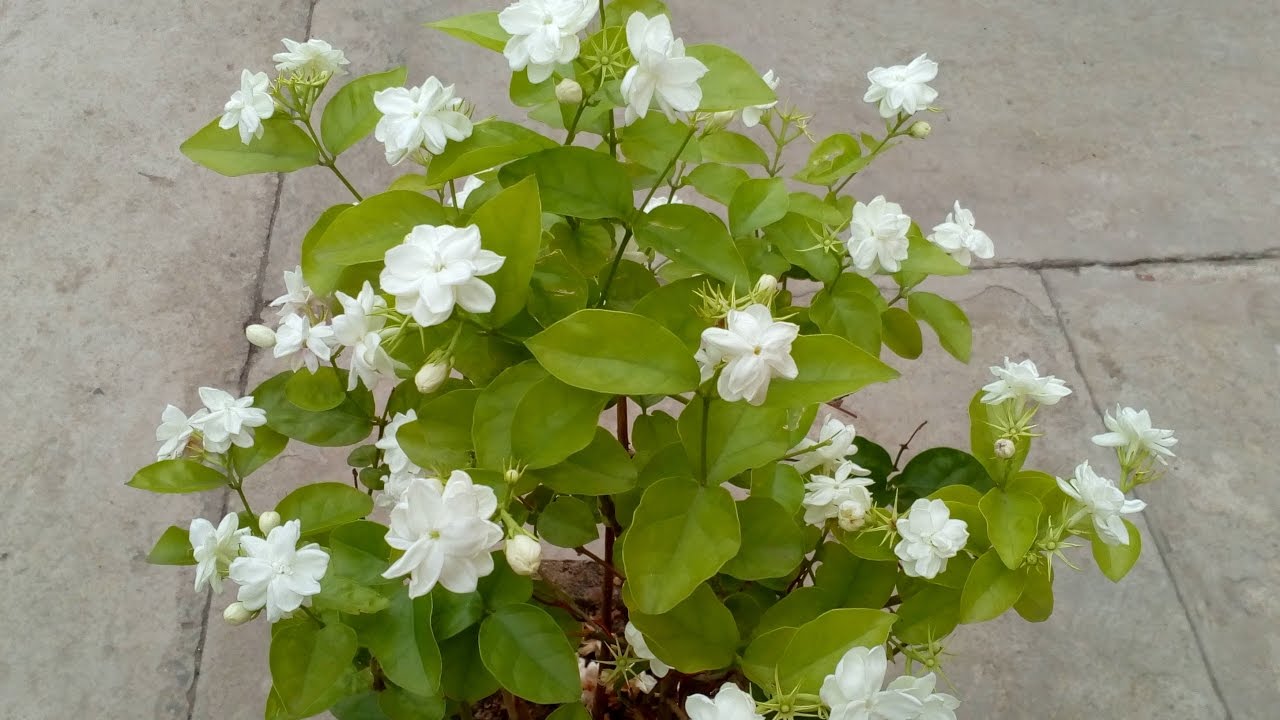

Outdoor Furniture
How To Care For Jasmine Plants Outdoor
Published: February 12, 2024
Discover the best outdoor furniture and design tips for caring for jasmine plants. Learn how to create a beautiful outdoor space with our expert advice.
(Many of the links in this article redirect to a specific reviewed product. Your purchase of these products through affiliate links helps to generate commission for Storables.com, at no extra cost. Learn more)
Introduction
Welcome to the wonderful world of jasmine plants! Whether you’re a seasoned gardener or just starting your green-thumb journey, caring for jasmine plants can be a rewarding and fulfilling experience. Jasmine, known for its delicate, fragrant flowers and lush foliage, is a popular choice for outdoor gardens, patios, and balconies. In this guide, we’ll explore the essential steps to ensure your jasmine plants thrive in an outdoor setting. From choosing the right location to protecting your plants from pests and diseases, we’ve got you covered with expert tips and practical advice.
As we delve into the care and maintenance of jasmine plants, you’ll discover the joy of nurturing these beautiful, aromatic blooms. So, roll up your sleeves, grab your gardening tools, and let’s embark on a journey to create a flourishing outdoor oasis with the enchanting presence of jasmine.
Key Takeaways:
- Embrace the beauty of jasmine plants in your outdoor space by choosing a sunny, sheltered location with well-draining soil to help them thrive and fill your garden with their enchanting fragrance.
- Nurturing jasmine plants involves attentive care, from planting in the right spot to protecting from pests and diseases, ensuring a flourishing outdoor oasis with captivating blooms and lush foliage.
Read more: How To Plant Star Jasmine Ground Cover
Choosing the Right Location
When it comes to cultivating healthy and vibrant jasmine plants, selecting the ideal location is paramount. Jasmine thrives in locations that offer abundant sunlight, typically requiring at least six hours of direct sunlight each day. Therefore, opt for a spot in your outdoor space that receives ample sunshine, such as a south-facing area or a spot with unobstructed access to sunlight.
Additionally, it’s essential to consider the soil quality and drainage in the chosen location. Jasmine plants prefer well-draining soil to prevent waterlogging, which can lead to root rot. Prioritize areas with loamy or sandy soil that facilitate proper drainage, ensuring the roots remain healthy and free from excess moisture.
Furthermore, take note of the surrounding environment. While jasmine appreciates sunlight, it’s crucial to shield the plants from strong winds that can cause damage or disrupt their growth. Consider placing jasmine near a wall, fence, or natural windbreak to provide a protective barrier against harsh winds while still allowing sunlight to reach the plants.
By carefully selecting a location that offers abundant sunlight, well-draining soil, and protection from strong winds, you can create an optimal environment for your jasmine plants to flourish and grace your outdoor space with their captivating beauty and enchanting fragrance.
Planting Jasmine
Now that you’ve identified the perfect location for your jasmine plants, it’s time to delve into the planting process. Before planting, it’s crucial to prepare the soil to create an optimal foundation for your jasmine to thrive. Begin by loosening the soil and incorporating organic matter, such as compost or well-rotted manure, to improve its texture and fertility. This enriches the soil, providing essential nutrients for the plants’ growth.
When it comes to planting jasmine, consider the specific variety you are working with. Some jasmine species are best suited for ground planting, while others thrive in containers or hanging baskets. If you’re planting jasmine in the ground, ensure that the planting hole is slightly larger than the root ball to accommodate the plant’s roots comfortably.
For container planting, select a spacious pot with adequate drainage holes to prevent waterlogging. Use a high-quality potting mix that offers excellent drainage and aeration, promoting healthy root development. Whether planting in the ground or in containers, position the jasmine at the same depth as it was in its original container and backfill the hole or container with soil, gently firming it around the plant.
After planting, water the jasmine thoroughly to settle the soil and provide essential moisture to support its establishment. As a general rule, maintain consistent moisture levels, ensuring the soil remains moist but not waterlogged. Regular watering is particularly crucial during the initial stages after planting to encourage healthy root growth and establishment.
By following these planting guidelines and providing the appropriate care, you can set the stage for your jasmine plants to take root, thrive, and grace your outdoor space with their exquisite blooms and alluring fragrance.
Watering and Fertilizing
Proper watering and fertilizing practices are essential for nurturing healthy and robust jasmine plants in an outdoor setting. When it comes to watering, it’s crucial to strike a balance to maintain optimal soil moisture levels without overwatering, which can lead to root rot and other issues. During the growing season, which typically spans spring through early fall, water the jasmine plants deeply and consistently, ensuring that the soil is moist but not waterlogged.
Regularly monitor the soil moisture, especially during hot and dry periods, and adjust your watering frequency accordingly. Mulching the soil surface around the plants with organic mulch, such as shredded bark or compost, can help retain soil moisture, reduce weed growth, and regulate soil temperature, contributing to a healthier growing environment for the jasmine.
In addition to proper watering, fertilizing jasmine plants can bolster their growth and flowering potential. Begin fertilizing in early spring as new growth emerges, using a balanced, slow-release fertilizer formulated for flowering plants. Follow the manufacturer’s instructions for application rates, and avoid over-fertilizing, as excessive nutrients can lead to lush foliage at the expense of flower production.
During the active growing season, you can supplement the plants with a diluted liquid fertilizer every four to six weeks to provide an extra boost of nutrients. As the flowering season approaches, consider transitioning to a fertilizer with higher phosphorus content to promote prolific blooms and enhance the plant’s overall floral display.
By adhering to proper watering practices and implementing a well-balanced fertilization regimen, you can support the growth, vitality, and blooming prowess of your jasmine plants, ensuring they radiate beauty and fragrance in your outdoor space throughout the growing season.
Water jasmine plants regularly, especially during dry periods. Provide well-draining soil and place them in a sunny spot. Prune them after flowering to maintain their shape and encourage new growth.
Pruning and Training
Pruning and training jasmine plants are integral aspects of their care, contributing to their overall health, shape, and flowering performance. Regular pruning not only helps maintain an attractive and well-shaped appearance but also stimulates new growth and enhances flowering potential. The ideal time for pruning jasmine is after the flowering period, typically in late spring or early summer.
When pruning jasmine, focus on removing dead, damaged, or overgrown branches to improve air circulation and light penetration within the plant. Additionally, consider trimming back long, unruly shoots to encourage a more compact and bushy growth habit. Use sharp, clean pruning shears to make precise cuts, ensuring that the pruning wounds are clean and promote efficient healing.
As you prune, keep in mind the desired shape and size of the jasmine plant, aiming to create a balanced and visually appealing silhouette. Whether you prefer a compact shrub or a gracefully cascading vine, strategic pruning can help achieve your desired aesthetic while promoting the plant’s overall vigor and vitality.
Training jasmine plants to climb or trail along trellises, arbors, or other support structures can add a charming vertical element to your outdoor space. As the jasmine grows, gently guide its stems and tendrils to encourage them to intertwine with the support, promoting upward growth and creating a captivating display of lush foliage and fragrant blooms.
When training jasmine to climb, periodically secure the stems to the support structure using soft ties or twine, allowing the plant to establish a secure grip while maintaining flexibility for growth. For trailing varieties, gently redirect the stems to encourage a graceful, cascading form, enhancing the plant’s ornamental appeal.
By incorporating regular pruning and thoughtful training techniques, you can sculpt and guide your jasmine plants to embody your desired aesthetic vision, while fostering their health and vitality for an enchanting outdoor display.
Read more: How To Plant Outdoor Plants In Pots
Protecting from Pests and Diseases
While jasmine plants are resilient and relatively low-maintenance, they are susceptible to certain pests and diseases that can compromise their health and vigor. Implementing proactive measures to protect your jasmine from common threats will help safeguard their well-being and ensure they continue to thrive in your outdoor space.
One prevalent pest that may target jasmine plants is the aphid, a small, soft-bodied insect that feeds on the plant’s sap, often congregating on the tender new growth. To deter aphids, regularly inspect your jasmine for signs of infestation and promptly hose off the pests with a strong jet of water. Alternatively, introduce natural predators, such as ladybugs or lacewings, to help control aphid populations in your garden.
Fungal diseases, including powdery mildew and sooty mold, can also affect jasmine plants, particularly in humid or poorly ventilated conditions. To mitigate fungal issues, ensure proper air circulation around the plants and avoid overhead watering, which can promote moisture-related diseases. Additionally, applying a preventive fungicidal spray formulated for ornamental plants can help protect the jasmine from fungal infections.
Another potential threat to jasmine is spider mites, tiny arachnids that can cause stippling and discoloration of the foliage. To deter spider mites, regularly mist the jasmine with water to increase humidity and discourage mite infestations. If necessary, treat the plants with horticultural oil or insecticidal soap to control spider mite populations effectively.
When addressing pest and disease issues, it’s essential to prioritize environmentally friendly and sustainable control methods, minimizing the use of chemical pesticides that can harm beneficial insects and disrupt the natural balance of the garden ecosystem. By staying vigilant and promptly addressing any pest or disease concerns, you can maintain the health and vitality of your jasmine plants, allowing them to flourish and enchant with their captivating beauty and fragrance.
Winter Care
As the seasons transition and the colder months approach, it’s crucial to provide adequate care to protect your jasmine plants from the potential challenges posed by winter conditions. While jasmine is known for its resilience, certain proactive measures can help safeguard the plants and ensure their vigor and vitality during the colder months.
One key consideration for winter care is to monitor the temperature fluctuations and protect the jasmine from sudden frosts or prolonged freezing conditions. If your region experiences frost or freezing temperatures, consider covering the jasmine plants with frost cloth or blankets during the night to shield them from the cold. Additionally, situating jasmine near a south-facing wall or structure can provide a degree of thermal protection, capturing and retaining heat to mitigate the impact of chilly weather.
During the winter months, it’s essential to adjust your watering practices to accommodate the plants’ reduced growth and dormancy. While jasmine plants still require some moisture during winter, the frequency of watering should be reduced to prevent waterlogged soil, which can be detrimental to the plant’s health. Prioritize watering during periods of extended dryness, allowing the soil to partially dry out between watering sessions.
Applying a layer of organic mulch around the base of the jasmine plants can offer insulation and protect the roots from temperature fluctuations, helping maintain a more stable root zone environment. Mulch also aids in moisture retention and suppresses weed growth, contributing to a healthier growing environment for the plants during the winter season.
As the days gradually lengthen and temperatures begin to rise in late winter and early spring, assess the condition of the jasmine plants and remove any damaged or dead growth to promote rejuvenation and prepare the plants for the upcoming growing season. With thoughtful winter care and protective measures, you can ensure that your jasmine plants emerge from the winter months resilient and ready to flourish once again in your outdoor space.
Conclusion
Caring for jasmine plants in an outdoor setting is a gratifying endeavor that rewards gardeners with the beauty of fragrant blooms and lush foliage. By embracing the essential aspects of jasmine care, from selecting the ideal location to providing attentive maintenance throughout the seasons, you can cultivate a captivating outdoor oasis enriched by the enchanting presence of jasmine.
Choosing the right location sets the stage for success, ensuring that your jasmine plants receive ample sunlight, well-draining soil, and protection from harsh winds. Thoughtful planting techniques, whether in the ground or in containers, establish a strong foundation for the plants to thrive and flourish.
Throughout the growing season, diligent watering and fertilizing practices support the plants’ growth and flowering potential, while regular pruning and training techniques sculpt the jasmine into an ornamental masterpiece that complements your outdoor space.
Protecting jasmine from pests and diseases involves proactive monitoring and environmentally friendly control methods, preserving the plants’ health and vitality. As the winter months approach, implementing strategic winter care measures safeguards the jasmine from the challenges of colder weather, ensuring their resilience and readiness for the upcoming growing season.
As you immerse yourself in the art of caring for jasmine plants, you’ll witness the transformative power of nature as your outdoor space becomes adorned with the alluring beauty and captivating fragrance of jasmine blooms. Embrace the journey of nurturing these exquisite plants, and relish in the enchanting ambiance they bring to your garden, patio, or balcony.
So, whether you’re a seasoned gardener or a passionate novice, cultivating jasmine in your outdoor space is an opportunity to connect with nature, indulge your senses, and create a haven of natural splendor right at your doorstep. With dedication, care, and a touch of green-thumb magic, your jasmine plants will flourish, enchant, and inspire for seasons to come.
Frequently Asked Questions about How To Care For Jasmine Plants Outdoor
Was this page helpful?
At Storables.com, we guarantee accurate and reliable information. Our content, validated by Expert Board Contributors, is crafted following stringent Editorial Policies. We're committed to providing you with well-researched, expert-backed insights for all your informational needs.
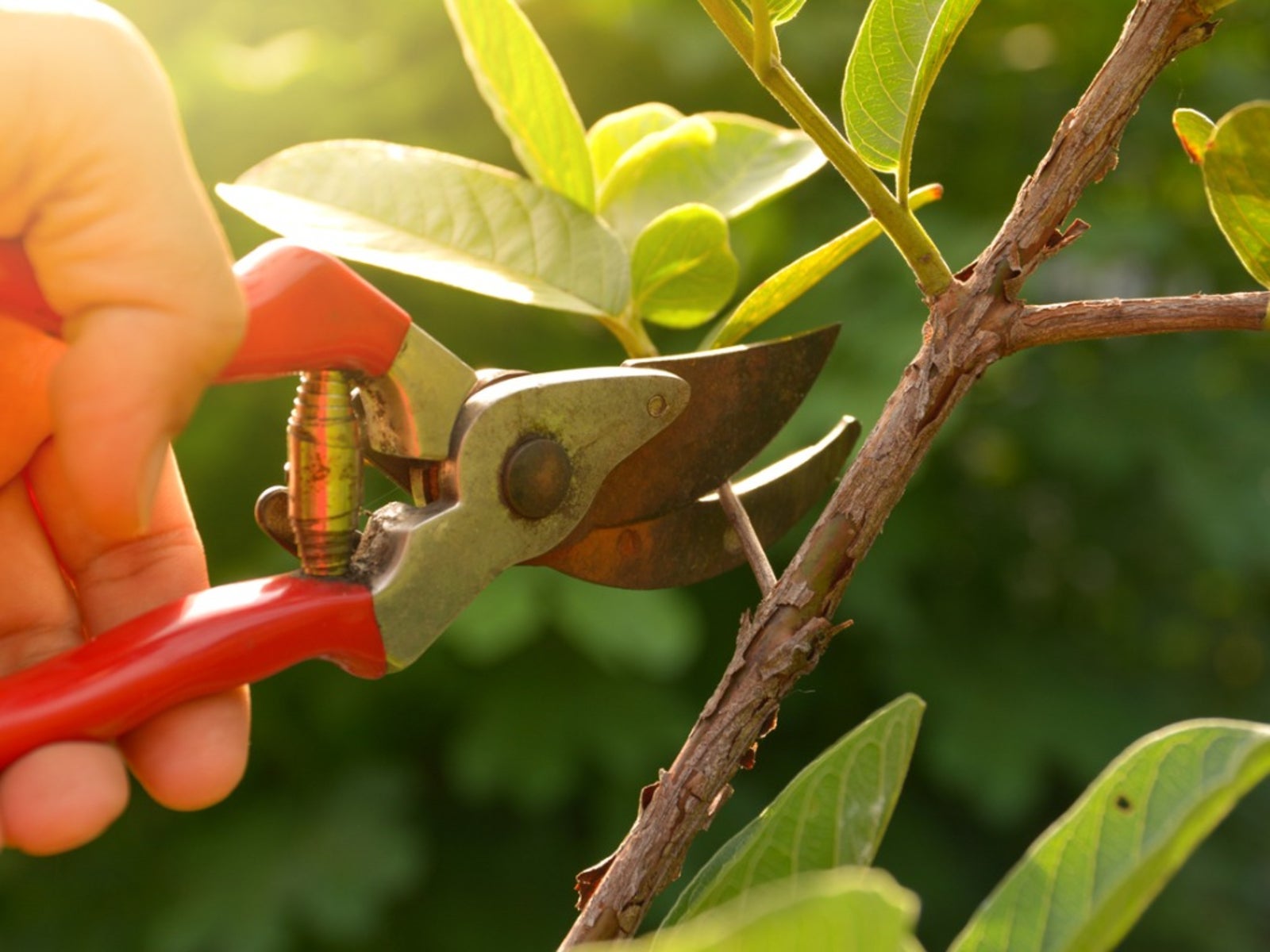

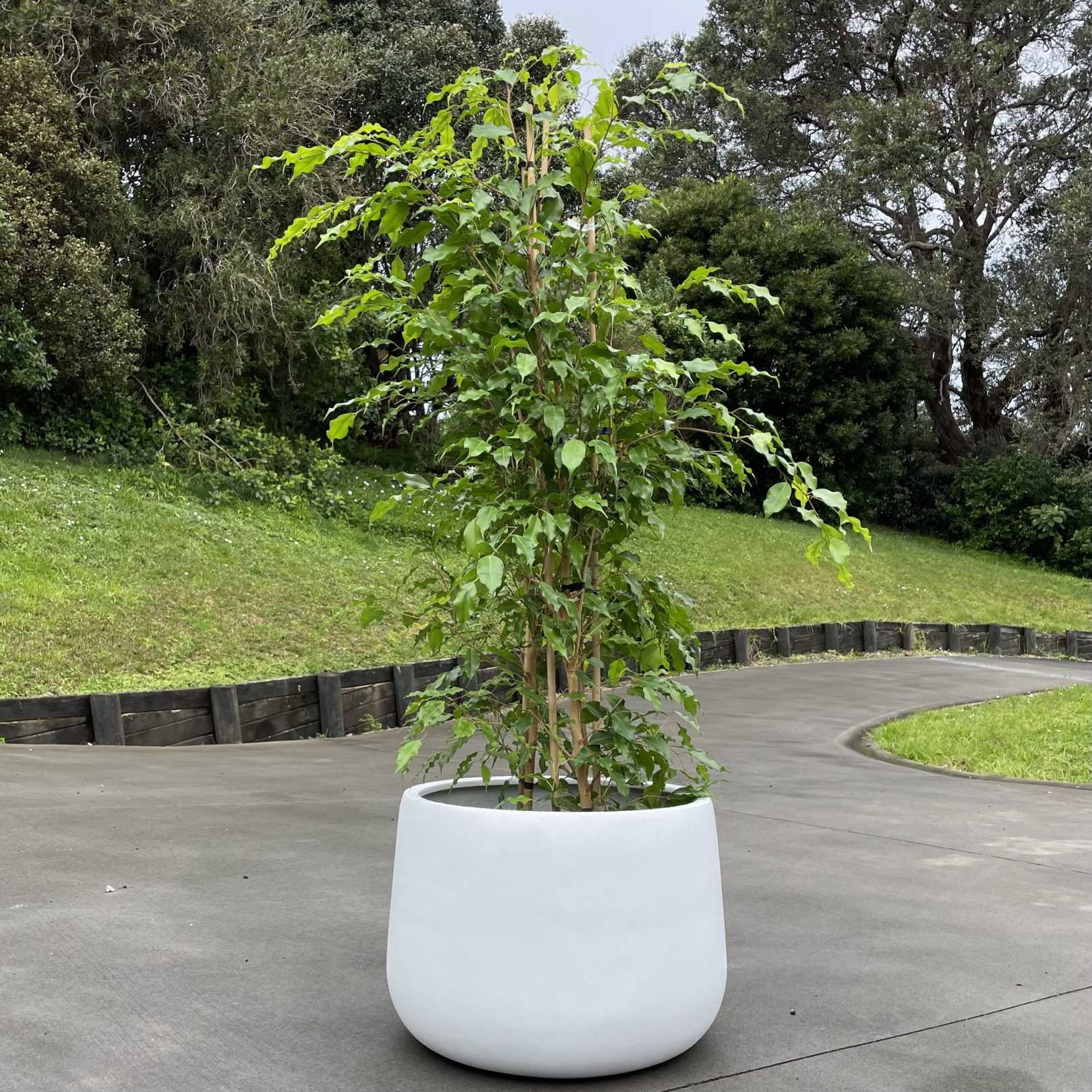
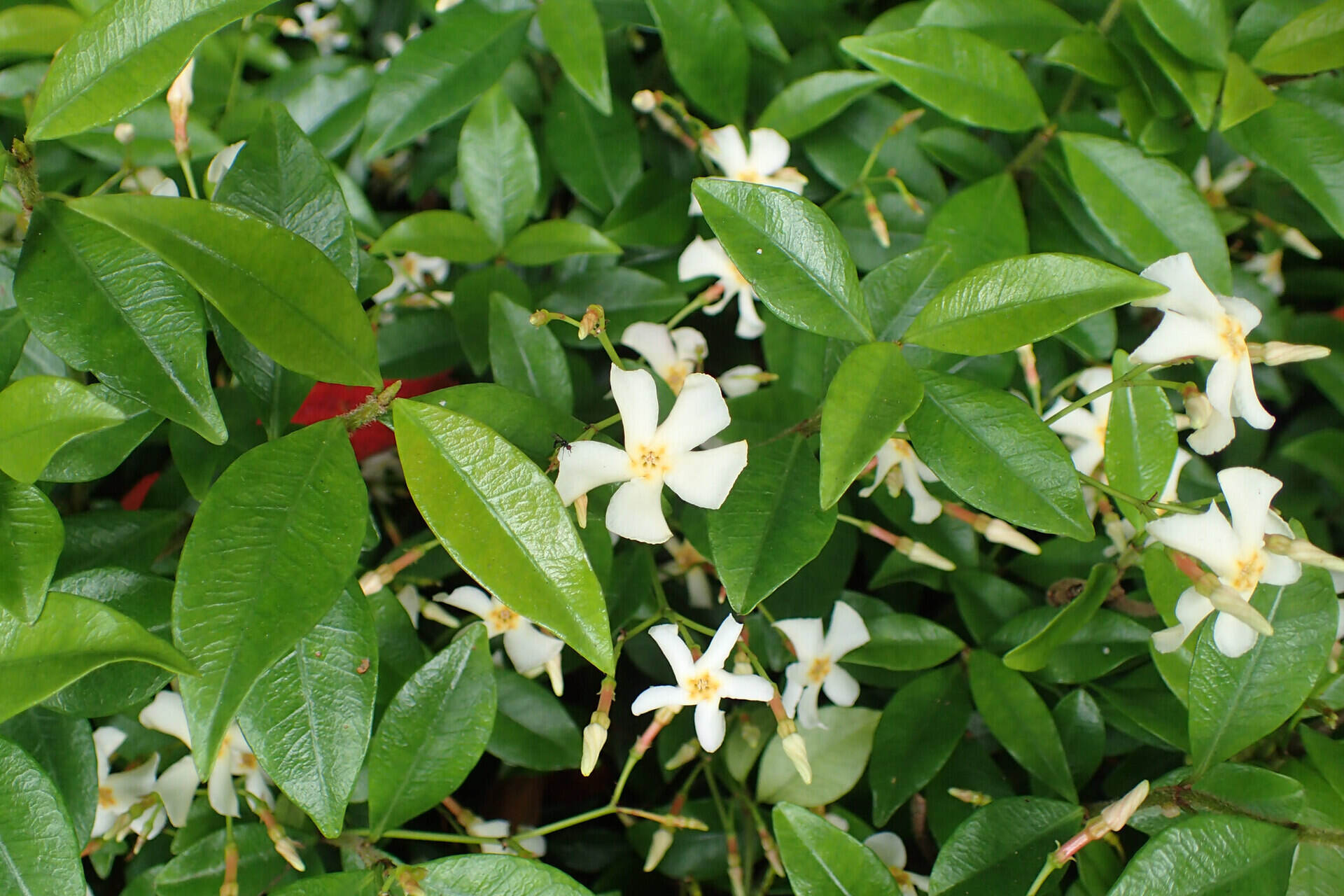
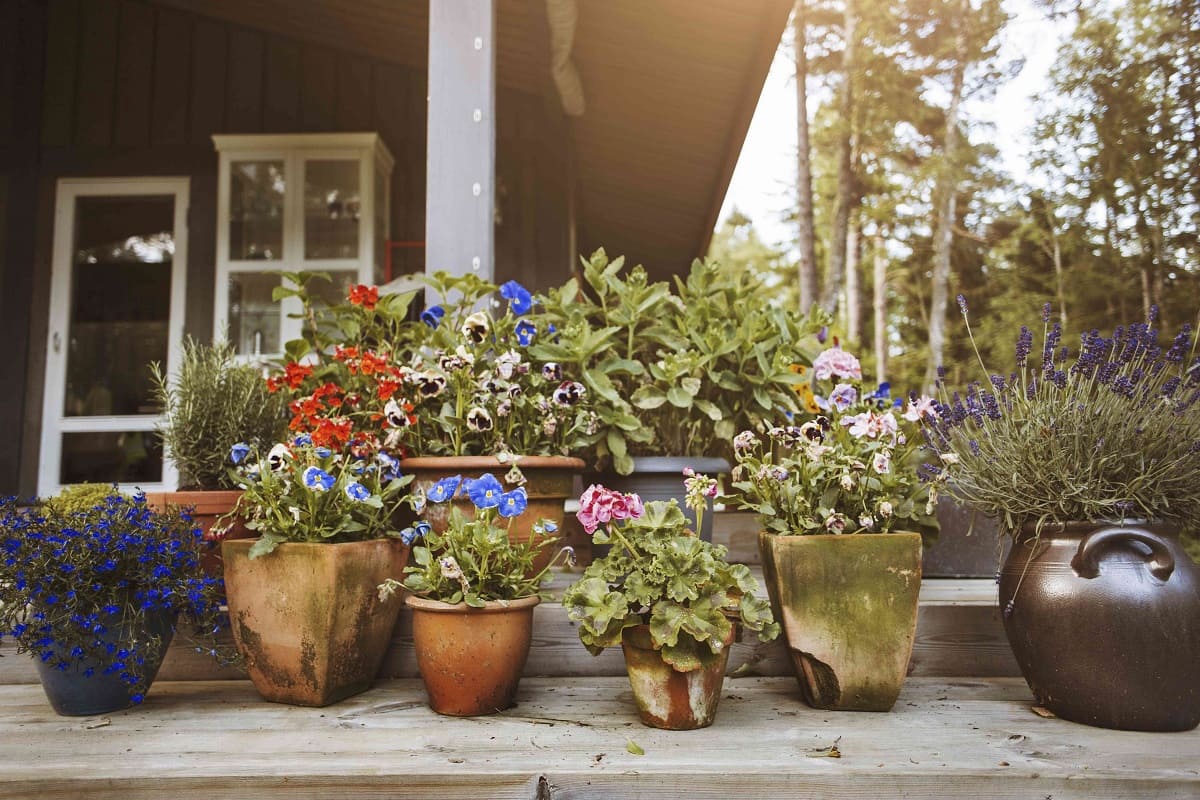
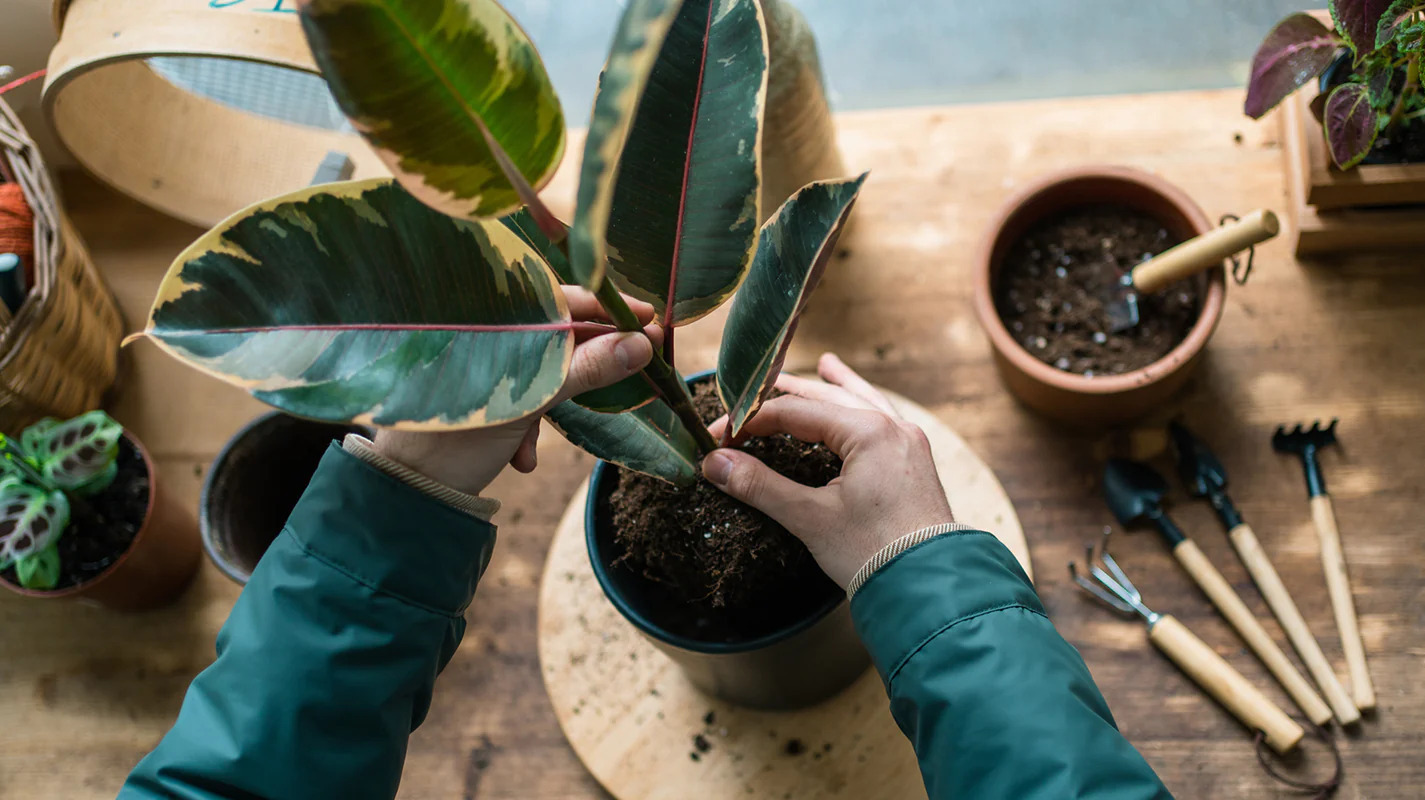

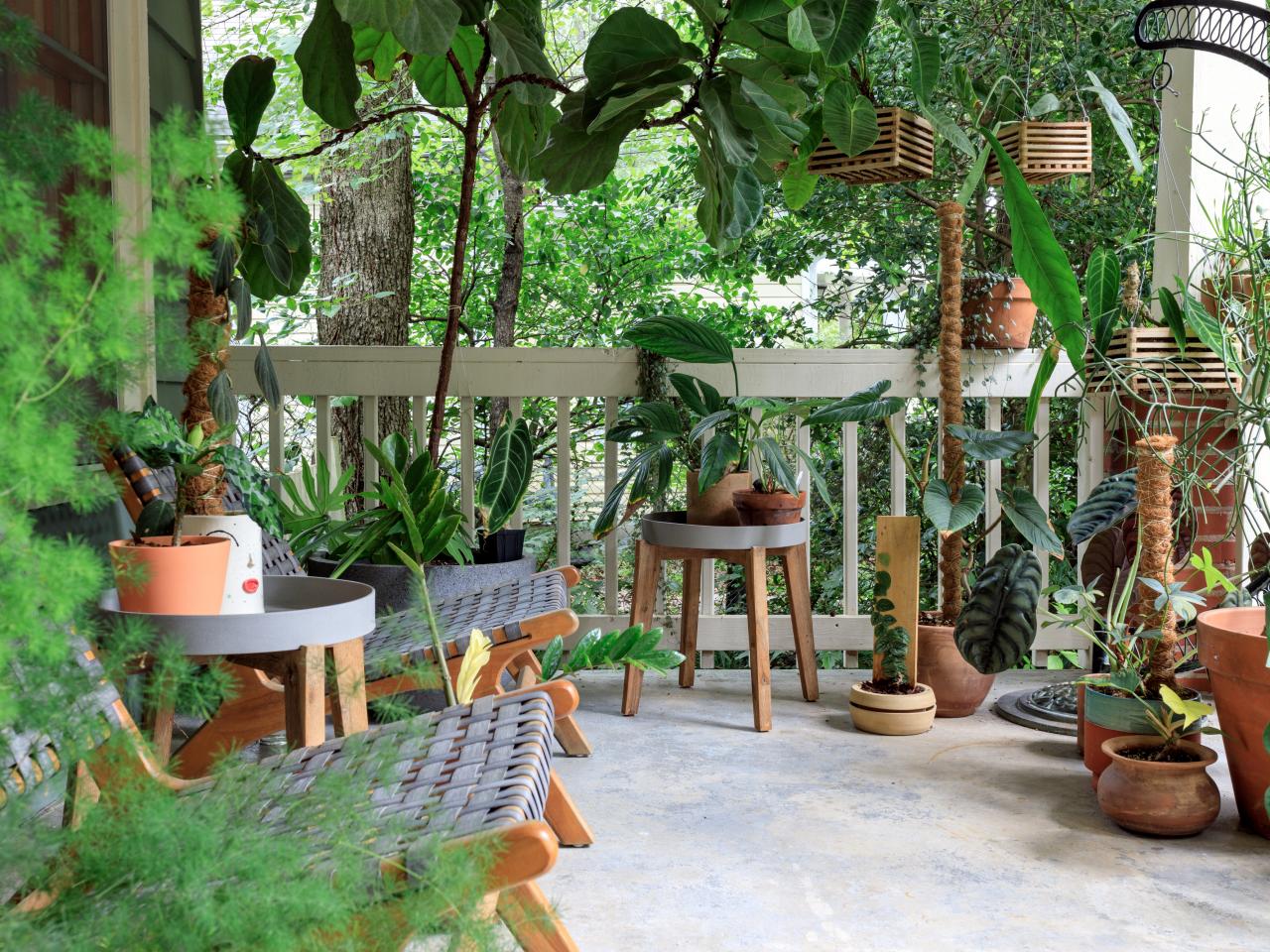
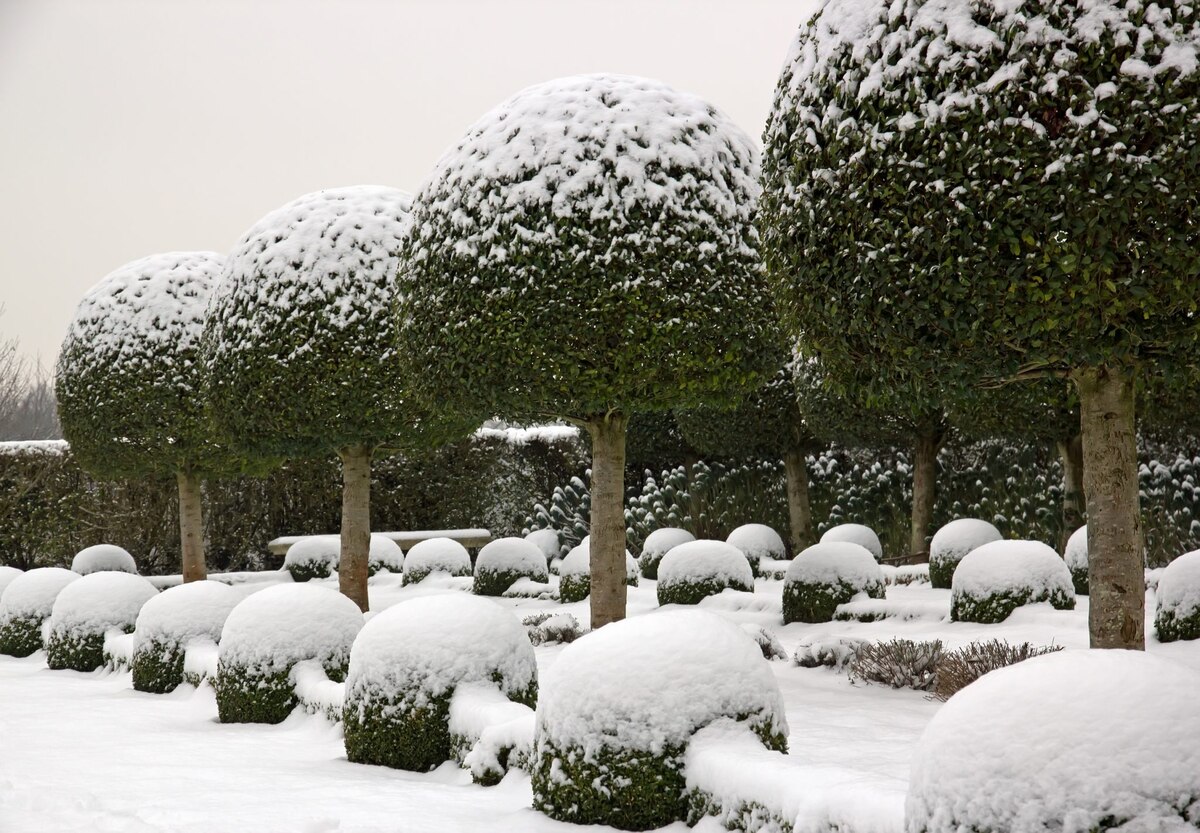
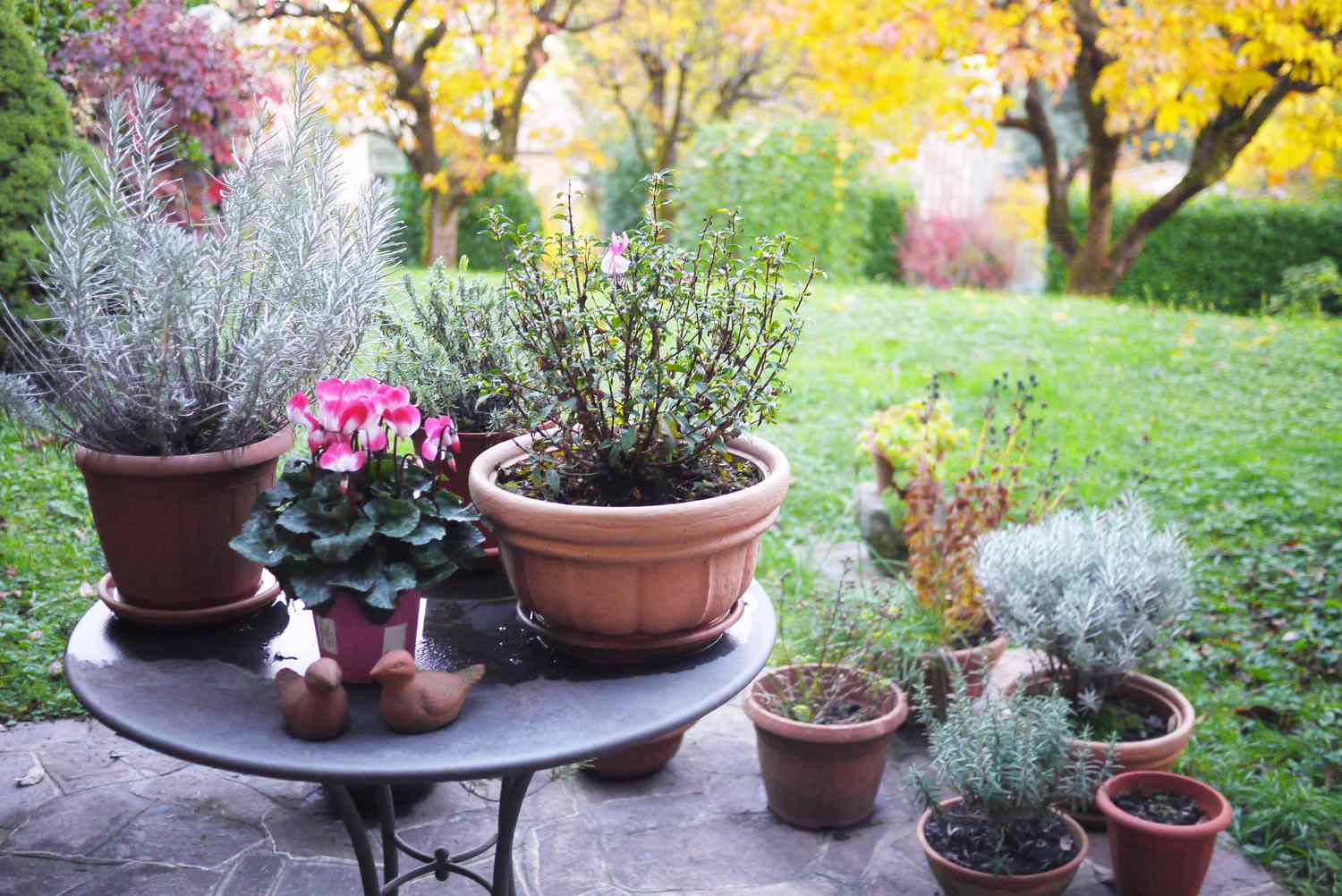
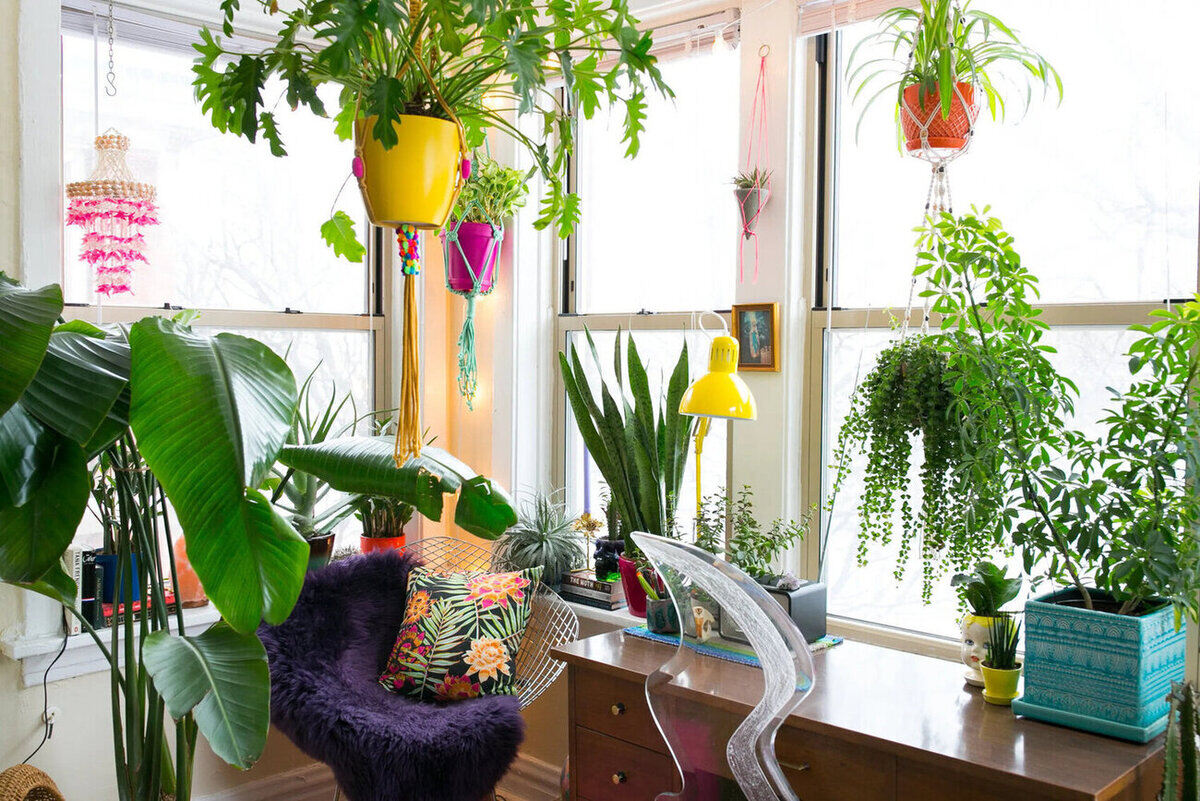
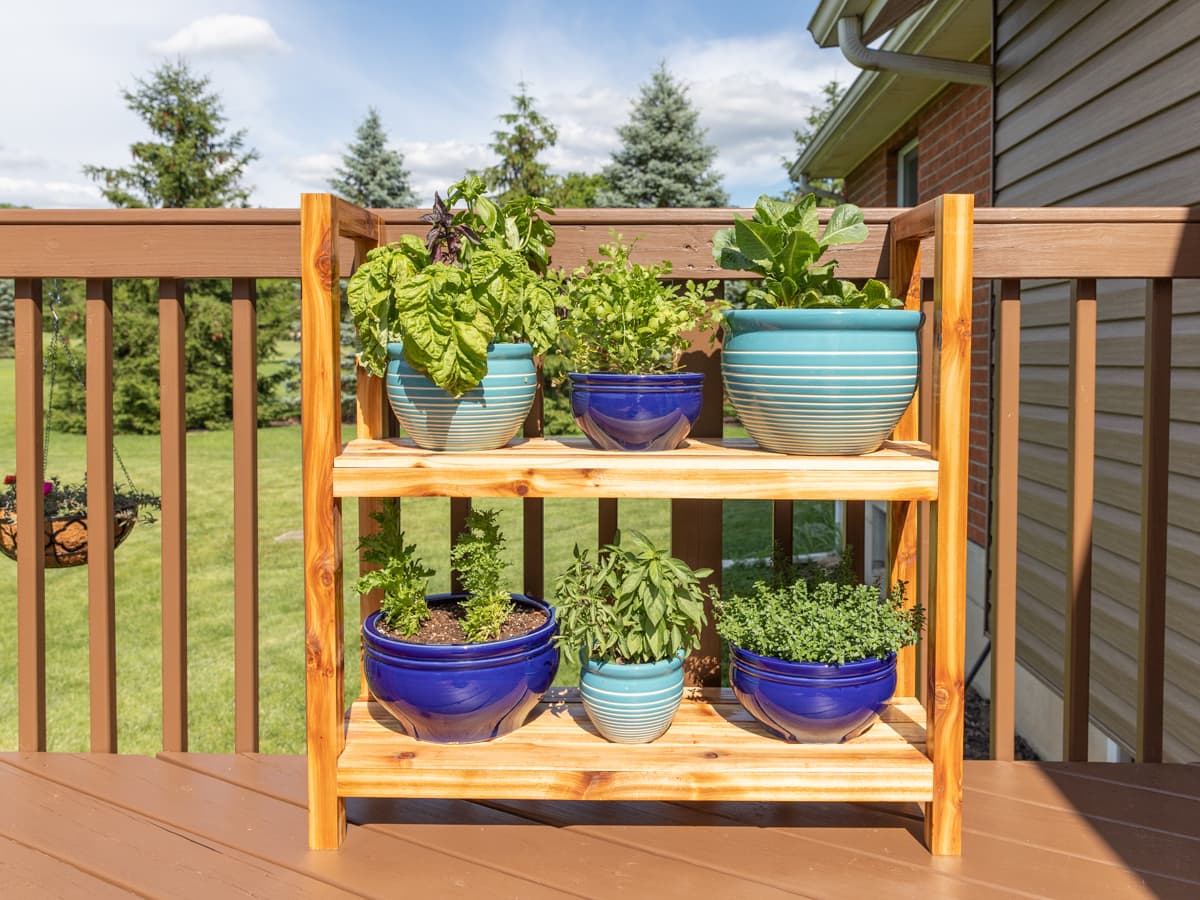
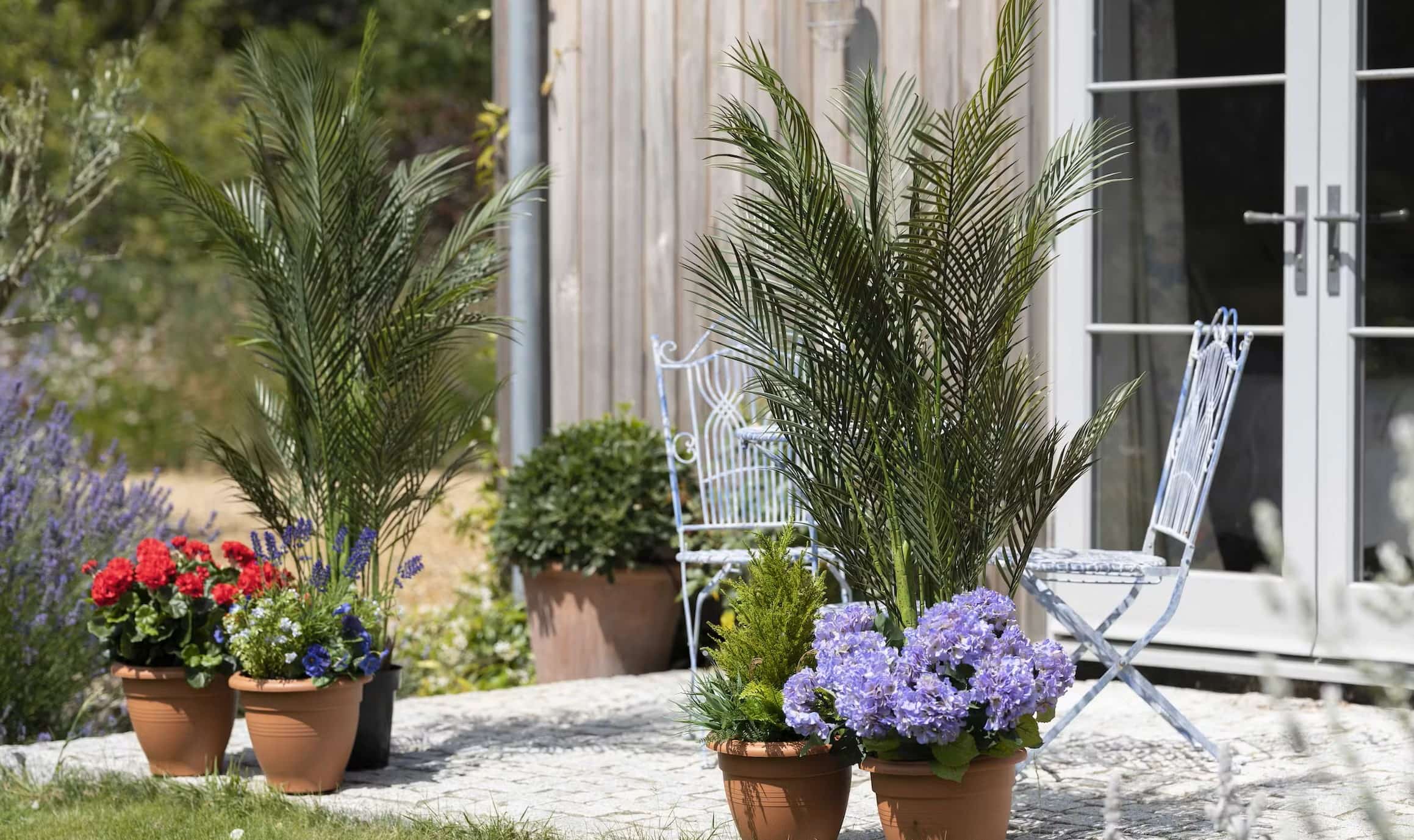
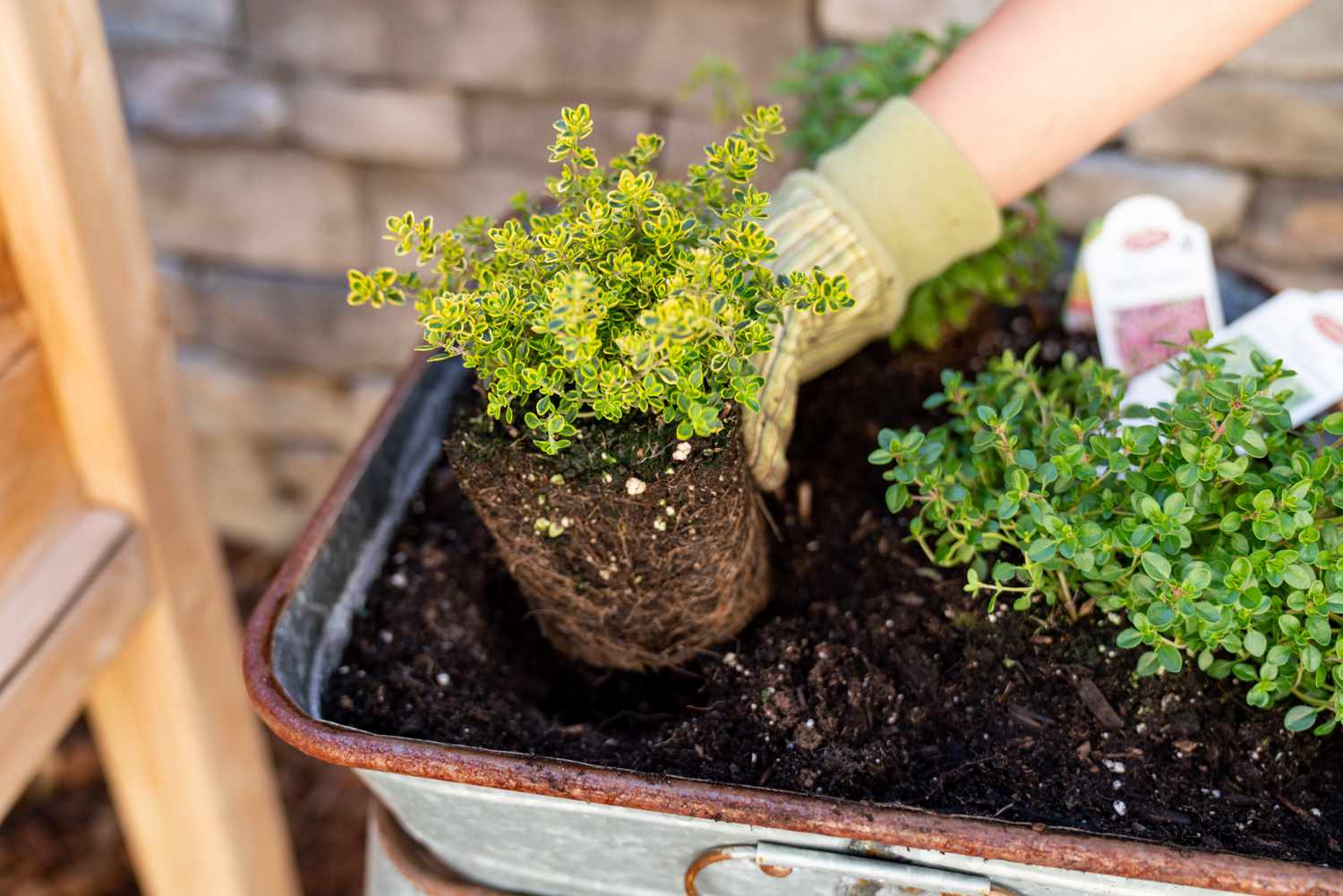

0 thoughts on “How To Care For Jasmine Plants Outdoor”